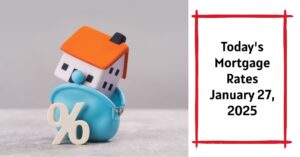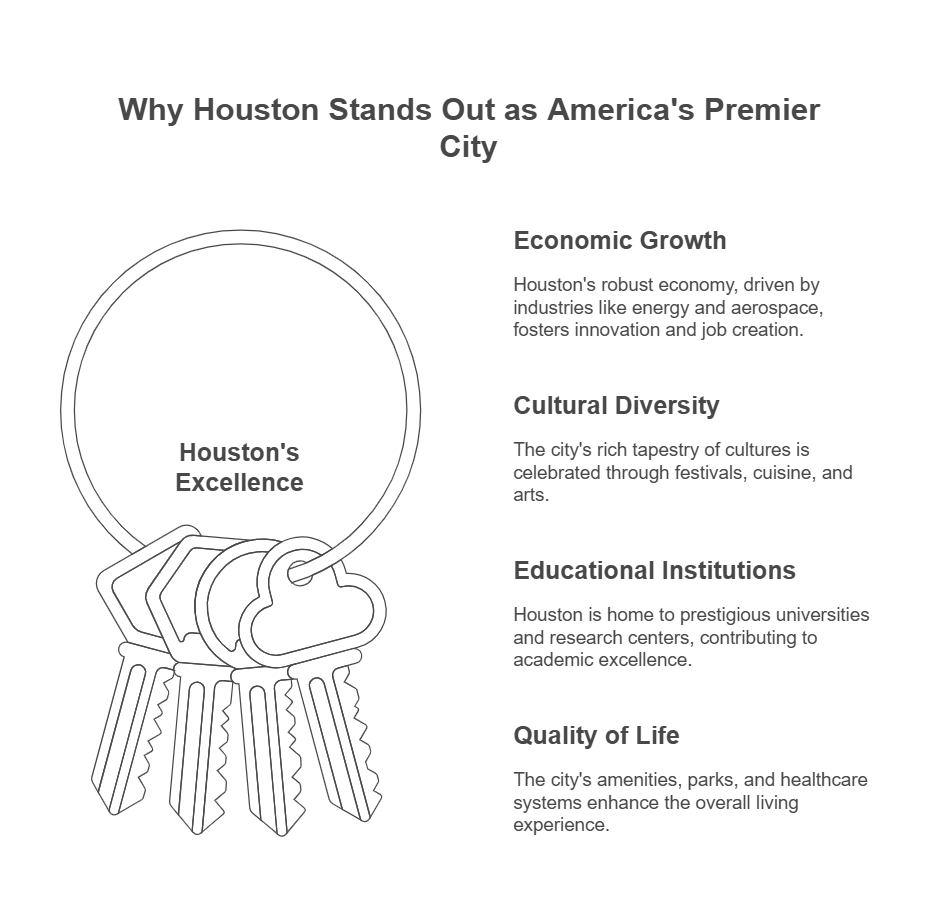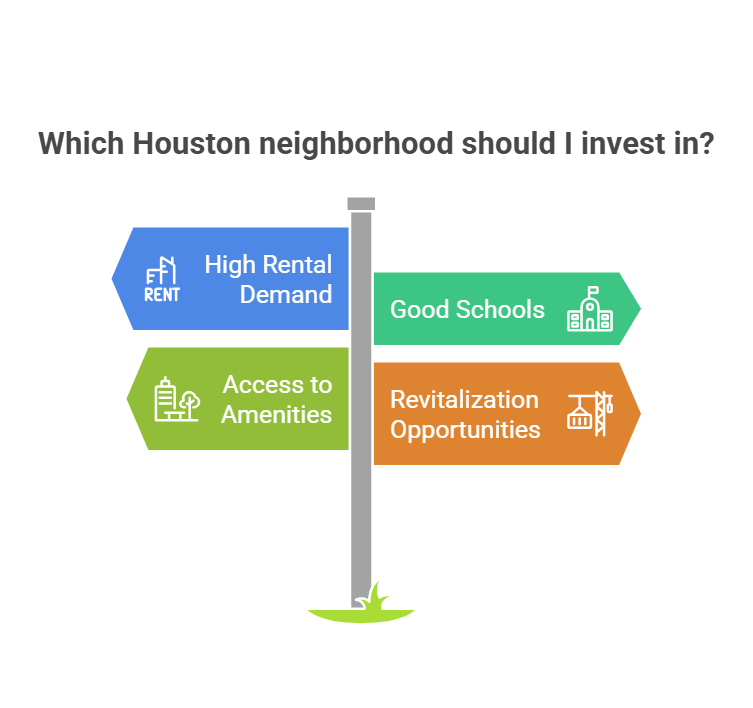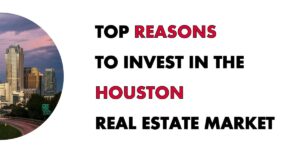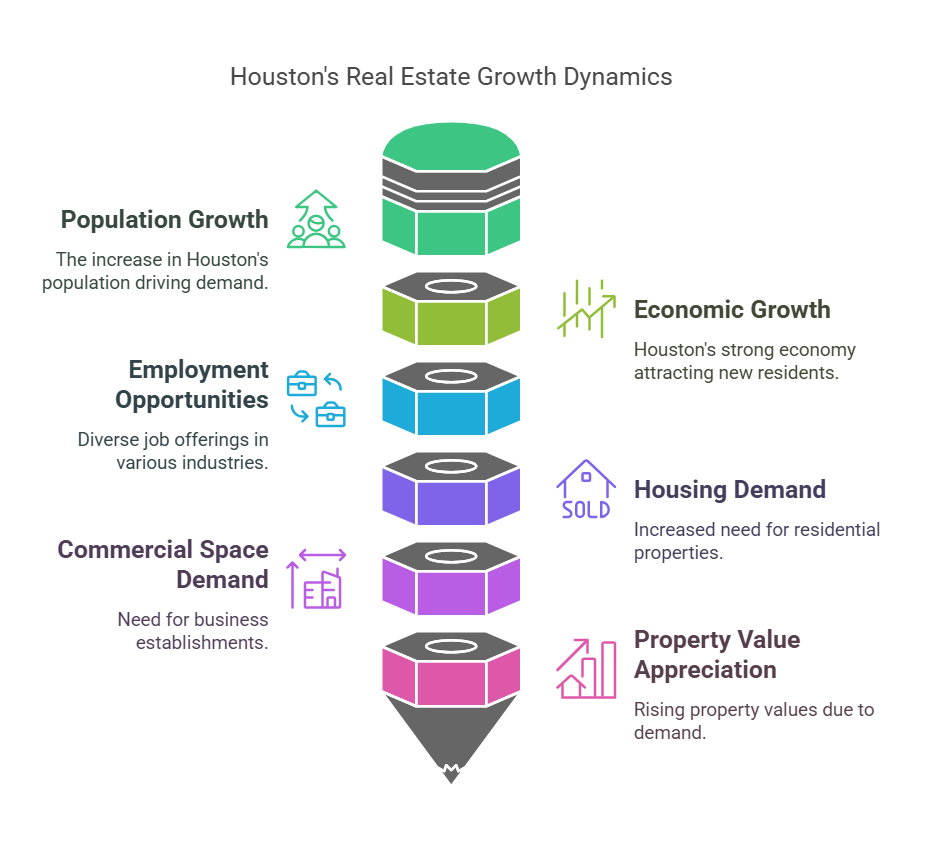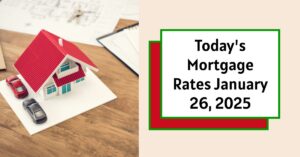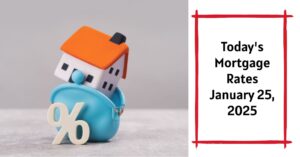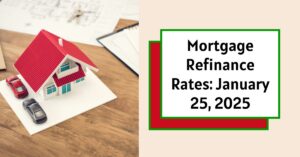On January 27, 2025, today's mortgage rates have seen a notable drop across various loan types, making it a potentially cost-effective time for homebuyers and those looking to refinance. The average rates for a 30-year fixed mortgage now sit at 7.04%, marking a significant decrease. This decline can provide substantial savings for borrowers compared to last week’s rates.
Today's Mortgage Rates: January 27, 2025 – Rates Drop Across the Board
Key Takeaways:
- 30-Year Fixed Rate: 7.04%, down from 7.11%
- 15-Year Fixed Rate: 6.32%, down from 6.39%
- 5/1 ARM Rate: 6.47%, down from 6.56%
- Jumbo Mortgage Rate: 7.07%, down from 7.14%
- Current trends suggest potential volatility in rates due to economic factors.
As we delve into the mortgage rates for today, it's essential to understand the context of these changes. Mortgage rates are influenced by a multitude of factors, including economic indicators, Federal Reserve policies, and trends in inflation. Each of these elements plays a pivotal role in determining how accessible mortgages are for the average consumer.
Current Mortgage Rate Trends
Here's a detailed table summarizing the current mortgage rates by Bankrate as of today, January 27, 2025:
| Loan Type | Today's Rate | Last Week's Rate | Change |
|---|---|---|---|
| 30-Year Fixed Mortgage | 7.04% | 7.11% | -0.07% |
| 15-Year Fixed Mortgage | 6.32% | 6.39% | -0.07% |
| 5/1 Adjustable Rate Mortgage | 6.47% | 6.56% | -0.09% |
| 30-Year Fixed Jumbo Mortgage | 7.07% | 7.14% | -0.07% |
In-Depth Analysis of Mortgage Rates
30-Year Mortgage Rates
The average 30-year fixed mortgage rate today stands at 7.04%, down 7 basis points from last week. This is significant because a lower rate means reduced monthly payments for homeowners. For example, at the current average rate, borrowing $100,000 would require a monthly payment of $667.99, which is $4.72 less than what homeowners would have paid a week ago. Over the life of a typical 30-year mortgage, even such modest savings can accumulate to substantial totals, making it crucial for potential buyers to consider their timing carefully.
15-Year Fixed Mortgage Rates
The 15-year fixed mortgage rate has similarly decreased to 6.32%. This rate drop also reflects a decrease of 7 basis points from the previous week. Monthly payments on a 15-year mortgage at this rate would amount to approximately $861 for every $100,000 borrowed. This type of mortgage is ideal for buyers who wish to pay off their loans more quickly, allowing them to significantly reduce the interest paid over the life of the loan.
For instance, if you borrowed $300,000 with a 15-year mortgage at 6.32%, your monthly payments would total around $2,583. Over 15 years, you'd pay approximately $171,000 in interest, compared to around $162,000 in interest with a 30-year mortgage at the current 7.04% rate. Though the monthly payment is considerably higher, the total savings in interest can make it a compelling choice for many.
Adjustable Rate Mortgages (ARMs)
The 5/1 adjustable-rate mortgage (ARM) has witnessed a drop to 6.47%, which is down 9 basis points from last week. The attractive feature of this type of mortgage is its lower initial rate, making the monthly payments more manageable at about $630 for every $100,000 borrowed during the first five years. This could represent a smart financial decision for buyers intending to sell or refinance within that timeframe, as they could capitalize on a lower initial rate before potential adjustments come into play.
However, it’s essential to note that after the initial five years, the interest rate on the 5/1 ARM can fluctuate on an annual basis, depending on the performance of the specified index. This means that while borrowers benefit from lower initial payments, they may face higher payments in the future if market rates rise significantly.
Jumbo Mortgage Rates
Today's national average for a 30-year fixed jumbo mortgage is 7.07%, down from 7.14% a week ago. Jumbo loans, which are typically used for properties above the conforming loan limit, require a monthly payment of $670.01 per $100,000. These loans often come with stricter credit requirements and down payment rules due to the higher risk associated with lending large amounts of money.
Considering that the housing market varies widely across different states and cities, potential buyers should ensure they have accurate information about local lending limits. For example, a jumbo loan may be a necessity in high-cost areas where real estate values soar, but this could lead to higher interest rates in comparison to standard conforming loans.
Refinance Mortgage Rates
For those considering refinancing their homes, the average 30-year fixed refinance rate is currently at 7.06%, down 6 basis points from last week. If you borrow $100,000, your monthly payment will be $669.34, representing a drop of $4.04 from the previous week. Refinancing can be attractive to homeowners seeking to lower their monthly payments or tap into their home equity for renovations, debt consolidation, or other financial needs.
Refinancing your mortgage can help reduce your financial burden significantly, especially if you can secure a rate lower than what you're currently paying. Consider a scenario in which a homeowner with a balance of $200,000 at a 7.5% interest rate refinances to the current rate of 7.06%. This could result in a monthly payment drop from approximately $1,398 to $1,330, creating a saving of $68 a month or over $800 annually.
Recommended Read:
Mortgage Rates Trends for January 26, 2025
Mortgage Rate Predictions Next Week: Jan 27 to Feb 2, 2025
Post-Inauguration Mortgage Rates Outlook: Will They Rise or Fall?
What Influences Mortgage Rates?
Several factors contribute to the fluctuations in mortgage rates:
- Federal Reserve Policies: Changes in the Fed's key benchmark rates can influence mortgage rates significantly. For instance, after reducing the benchmark rate in December, we see a slight variance in mortgage rates in response to market adjustments.
- Economic Indicators: Mortgage rates typically correlate with the 10-year Treasury yield. When the economy is doing well, yields may rise, which in turn can increase mortgage rates. Conversely, if yields drop due to economic uncertainty, mortgage rates may follow suit.
- Inflation and Global Events: Inflation remains a critical factor, as it influences bond yields and, subsequently, mortgage rates. Additionally, geopolitical tensions can create volatility in the financial markets, impacting rates. For example, global conflicts or domestic economic policies can lead to investor uncertainty, impacting both the stock and bond markets, which may ultimately reflect on mortgage rates.
Will Mortgage Rates Continue to Drop?
Experts remain cautious but optimistic about the trajectory of mortgage rates in 2025. Current indicators suggest that mortgage rates may remain stable, with predictions that the average 30-year fixed rate will predominantly be in the 6% range throughout the year, with brief spikes above 7% but likely not dipping below 6%.
According to Greg McBride, Chief Financial Analyst at Bankrate, while rates might not be as low as they were during the pandemic years, upcoming Federal Reserve decisions could provide further insight into future movements. The next Fed meeting on January 29, 2025, could once again shift these rates depending on inflation reports and other economic data presented.
Looking Ahead: The Overall Market Context
The current trends in mortgage rates can also be contextualized within the broader housing market dynamics. Many experts believe that as interest rates stabilize, this will lead to an increase in housing activity. Homebuyers who had been sidelined by high rates in previous months might now feel more comfortable entering the market, especially with these recent declines.
However, it’s also worth considering that affordability remains a critical issue in many areas. While lower mortgage rates are beneficial, they do little to combat rising home prices, which continue to outpace wage growth in several markets. As a result, buyers might still find themselves grappling with affordability challenges, in spite of the favorable financing conditions.
Throughout 2025, homebuyers, existing homeowners looking to refinance, and industry professionals alike will need to keep a close eye on these evolving trends. The recent drops in mortgage rates represent significant savings opportunities, but the overall financial landscape remains complex. Understanding the interplay between economic indicators and mortgage rates will be essential for making informed decisions as new information becomes available.
Work with Norada in 2025, Your Trusted Source for
Real Estate Investing
With mortgage rates fluctuating, investing in turnkey real estate
can help you secure consistent returns.
Expand your portfolio confidently, even in a shifting interest rate environment.
Speak with our expert investment counselors (No Obligation):
(800) 611-3060
Recommended Read:
- Mortgage Rates Forecast for the Next 3 Years: 2025 to 2027
- 30-Year Mortgage Rate Forecast for the Next 5 Years
- 15-Year Mortgage Rate Forecast for the Next 5 Years
- Why Are Mortgage Rates Going Up in 2025: Will Rates Drop?
- Why Are Mortgage Rates So High and Predictions for 2025
- NAR Predicts 6% Mortgage Rates in 2025 Will Boost Housing Market
- Mortgage Rates Predictions for 2025: Expert Forecast
- Will Mortgage Rates Ever Be 3% Again: Future Outlook
- Mortgage Rates Predictions for Next 2 Years
- Mortgage Rate Predictions for Next 5 Years
- Mortgage Rate Predictions for 2025: Expert Forecast
- Mortgage Rate Predictions: Why 2% and 3% Rates are Out of Reach
- How Lower Mortgage Rates Can Save You Thousands?
- How to Get a Low Mortgage Interest Rate?
- Will Mortgage Rates Ever Be 4% Again?
